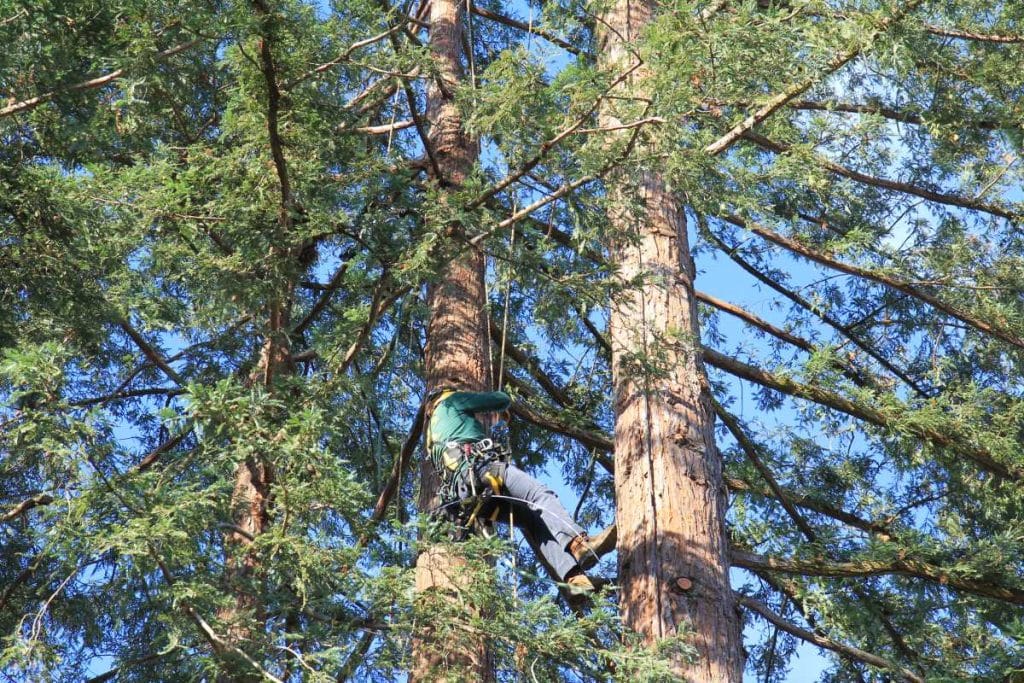
Tree Pruning
We offer selective vegetation removal for health, vigor, and longevity. Hire a professional to transform the look of your trees.

Tree Removal
If we can’t save a tree, we will remove it safely, efficiently, and with the least amount of impact to the surrounding landscape.
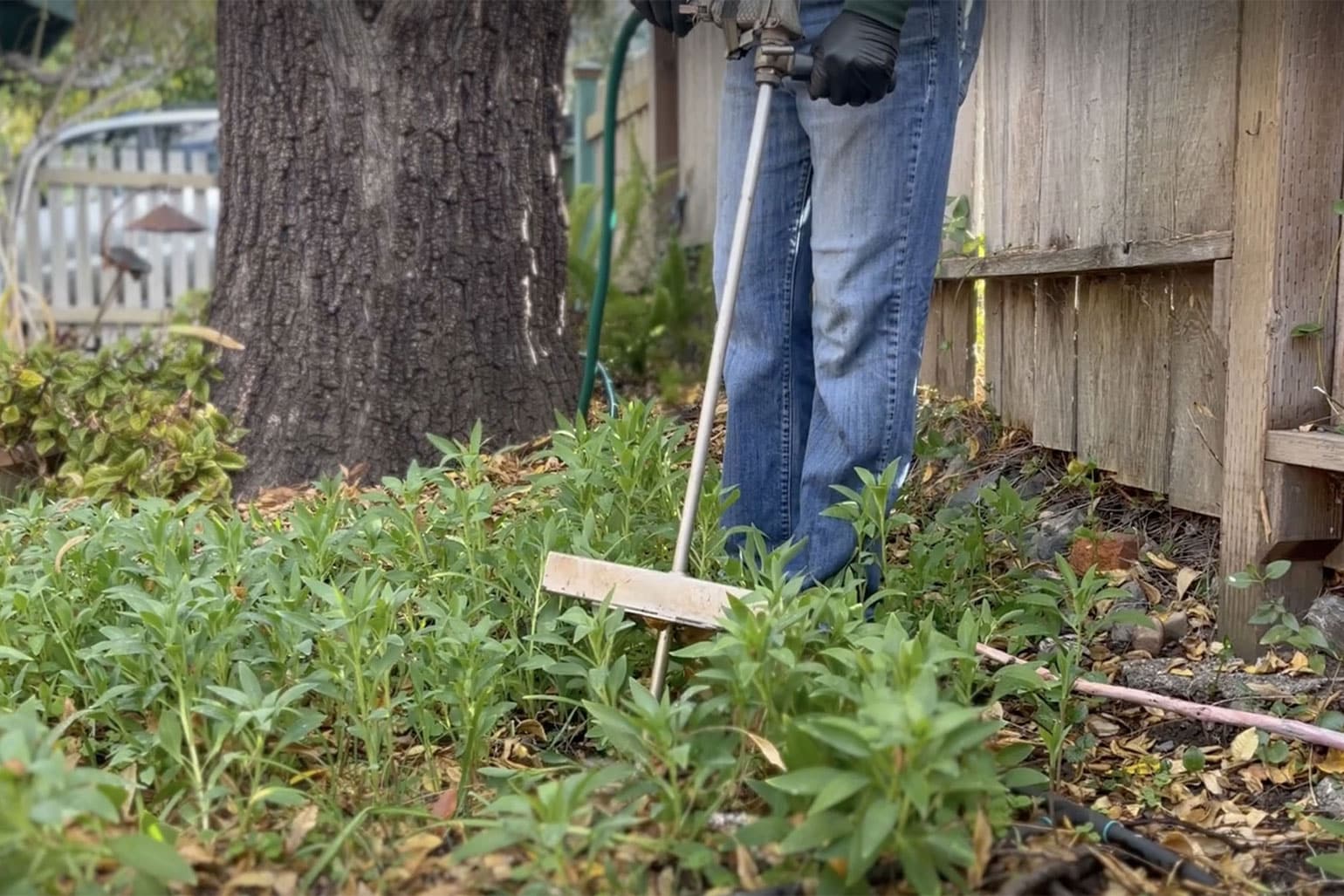
Comprehensive Root Care
Roots are a vital and often overlooked component of a
tree’s longevity. Our care for this part of the tree sets us apart.
tree’s longevity. Our care for this part of the tree sets us apart.

Fuel Reduction/Defensible Space
Let us work with you to proactively protect your
home, property, and exit path in case of emergency.
home, property, and exit path in case of emergency.
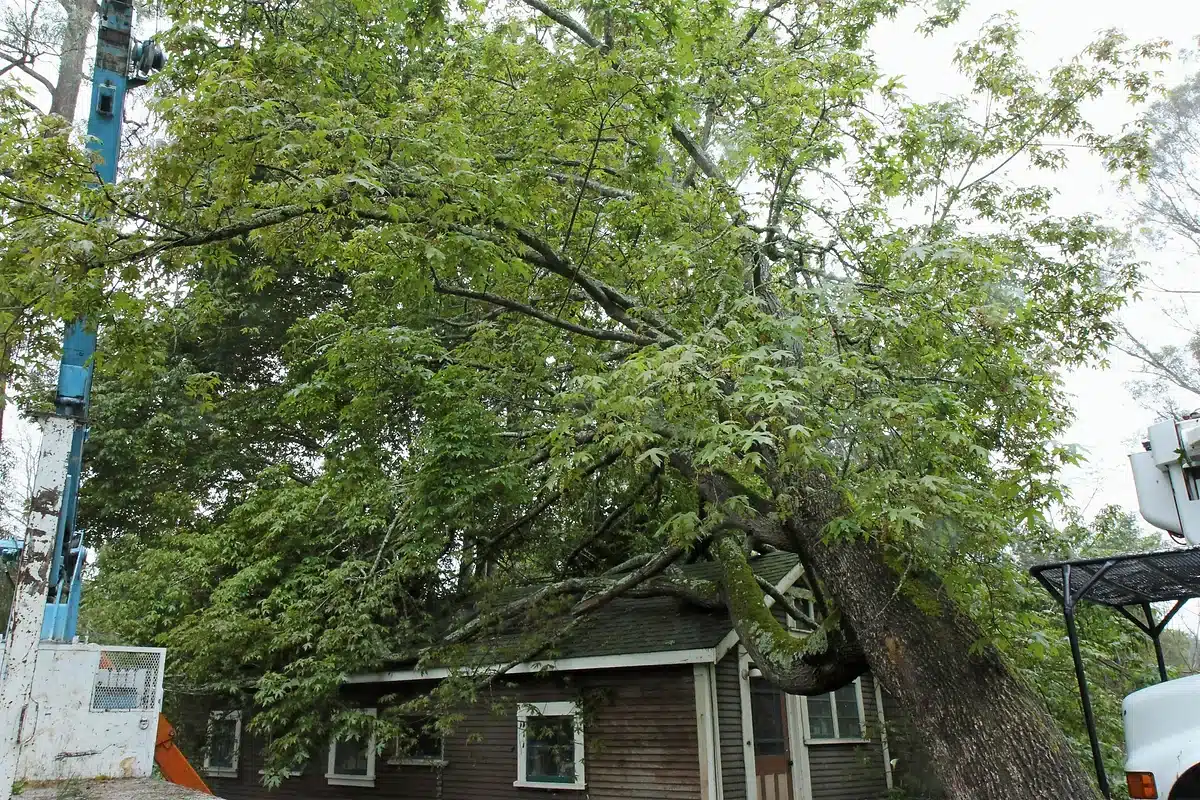
Emergencies & Storm Damage
We provide 24/7 emergency tree services for your tree care needs when you need them most.
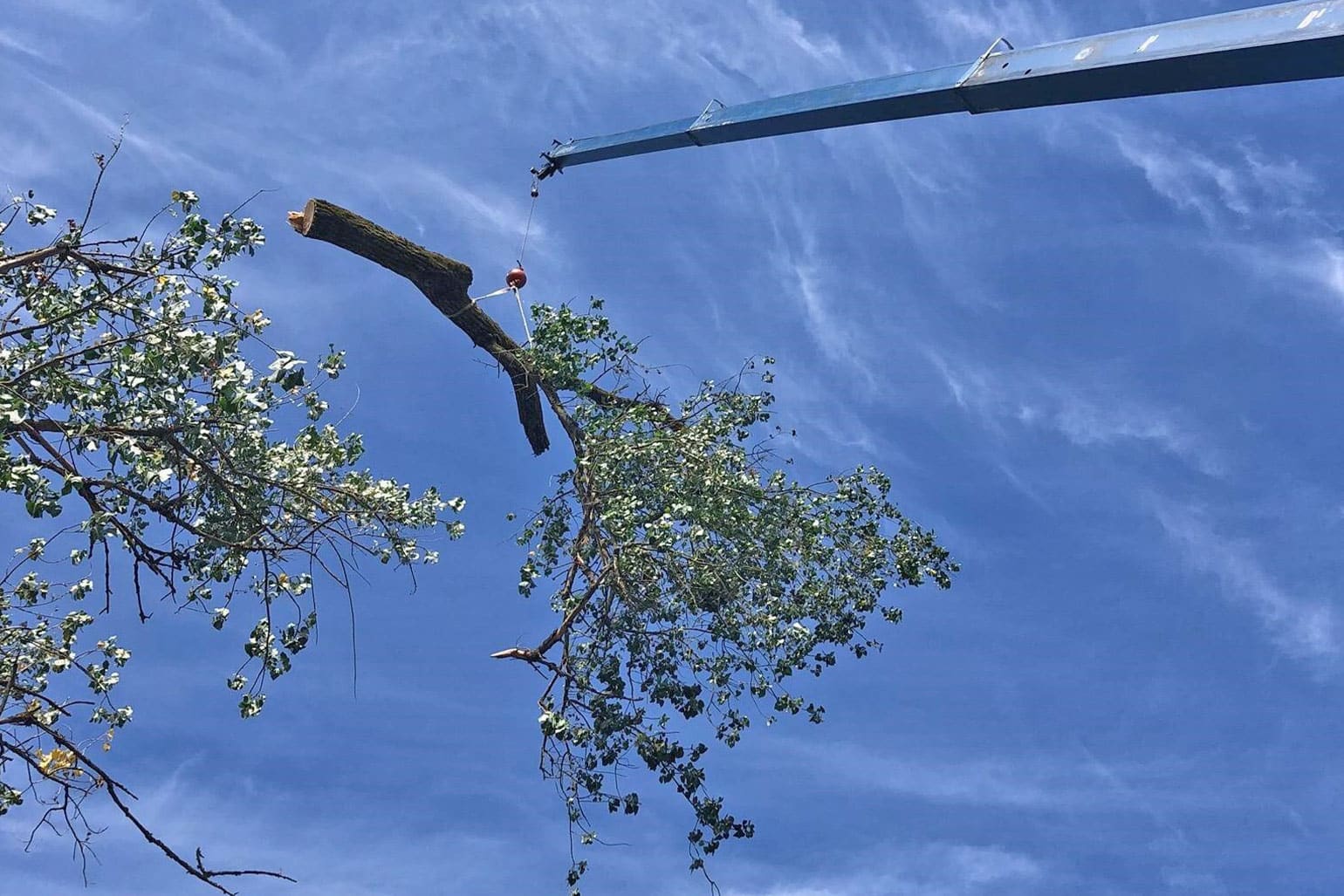
Crane-Assisted Tree Care
Our Certified Crane operators are also tree workers, uniquely experienced to assist with tree removal.
Certified Arborists
Tree Services
Sandborn Tree Service Inc. is known for providing high quality tree service in our community and for producing highly skilled tree workers in this growing profession. We concentrate on tree care, pruning, cabling, consultation, tree removal, stump grinding, fertilization and vegetation management.
Our Services
- Pruning
- Tree Removal
- Crane Work
- Emergencies
- Consultations
- Stump Grinding
- Pollarding
- Permit Process
- Vegetation Management
- Deep Root Fertilization
- Brush Chipping
- Tree Risk Assessment
- Cabling/ Bracing
Clients include homeowners, Home Owner’s Associations, Municipalities, contractors, property management firms, industries, businesses, utility companies, and agricultural establishments.
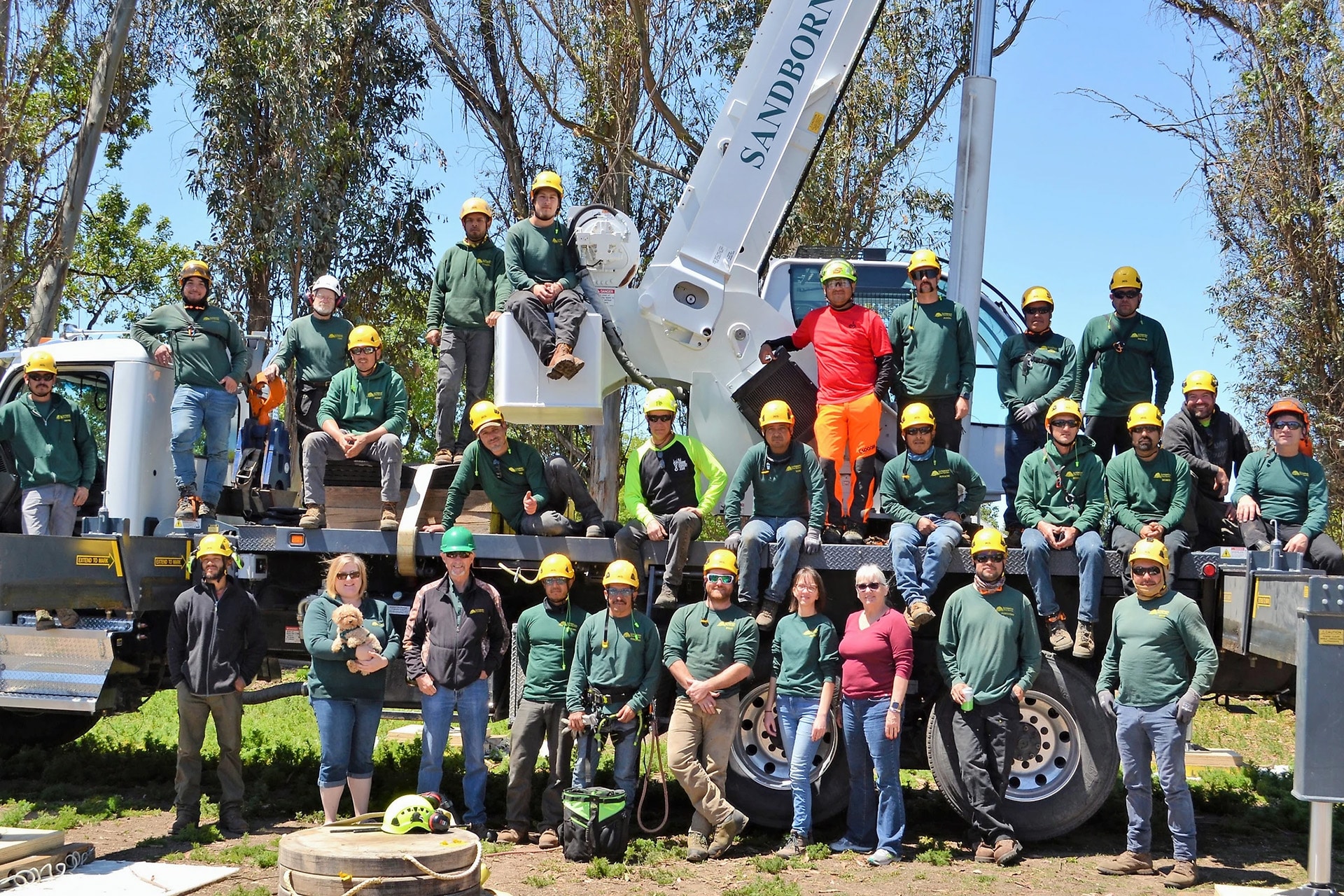
Your trees are important to us
Testimonials
"Jessica and I would like to follow up on the work completed by the Sandborn and Precision Crane team late last week.
Basically, without the prompt and professional attention by both teams our home would likely have been crushed by a 80' tall fir tree. We are grateful for all of the efforts by all involved parties. Thanks again for all of the hard work to successfully save our home and that of our neighbors home."
Kevin G.Customer
“...I am so pleased with the job. Thank you for the discount. Thank you for the referral to Mr Murillo the electrician who aided in the disconnection and connection fo our solar panels and electricity. He was able to power our house with wires from our cottage. My wife has been very ill and on Oxygen so his help made this all possible. He has even produced drawings for burying the wires from the solar panels. we will have him do that in the spring."
Harry S.Customer
“They've been taking care of my trees for over 7 years. Ernie and his crew are the best! I rely on Ernie to advise me what trees need attention. The crew are really hard workers! They leave my place cleaner then when they got here! The office "crew" is so friendly and helpful - I have questions and they get the answers! I'm never disappointed!"
George E.Customer
Peter Shapiro called yesterday wanting me to express his gratitude to Rufino and crew for the work they did last week. Not one of their trees came down, one lost a small branch. Most of his neighbors lost trees and large limbs. He credits Rufino and crew for keeping them safe.
Peter S.Customer
Previous
Next

